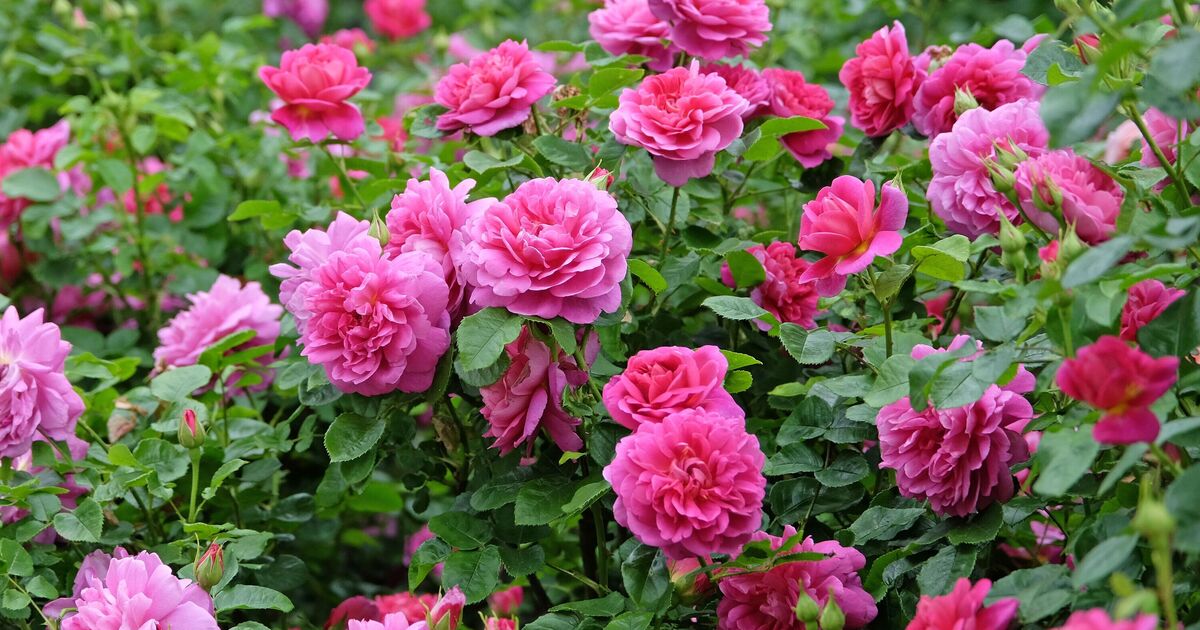Roses are a great plant for many reasons, but mainly because of how elegant and luxurious they look. Coming in a vast array of beautiful colours and styles, there’s something to suit every garden, and they are fairly easy to care for too.
However, there’s one disease affecting roses that all gardeners should be on the lookout for. Black spot is a fungal infection which can cause purple or black patches on leaves, eventually causing them to fall off. It’s the ‘most serious’ disease for roses, but thankfully, there are a couple of ways that gardeners can deal with this issue.
How to treat black spot
One person recently took to the Gardening UK Hints Tips and Advice Facebook page to enquire about how to banish black spot from their garden. And according to a fellow group member, one natural solution is all it takes.
They said: “I’ve found that tea and coffee bags emptied around the base of my roses eliminated black spot. None this year at all, my roses have never been healthier.”
Coffee grounds are rich in nitrogen, according to the experts at The Spruce. If they’re used correctly, they can improve the soil conditions and help to ward off diseases like the fungus Fusarium wilt. Similarly, the tannic acid in tea means they’re a handy fertiliser too. However, another group member warned that while it can prevent black spot, it’s not always a ‘sure-fire’ solution.
Thankfully there’s another cupboard staple that you can use if you don’t have any success with tea or coffee. Baking soda can also work as a preventative measure, according to The Spruce.
All you need to do is dissolve one teaspoon of baking soda in one cup of warm water, then add up to one teaspoon of liquid soap. The, spray your rose leaves thoroughly with it every couple of days.
Not only can this protect against black spot, but powdery mildew too, which is another fungal disease that roses are susceptible to.
One of the reasons gardeners hate black spot so much is because how easily it can spread. Pruning off the affected leaves can help, but they must be disposed of immediately, and you should never leave them lying around your garden.
According to the experts at Garden Design, black spot usually won’t kill your plants during the first year or two. But if it continues, it will make them more susceptible to other diseases and they may die off during harsh winters.
Black spot thrives best in damp, humid environments, so the summer months are when you’re most likely to see it in your garden.

